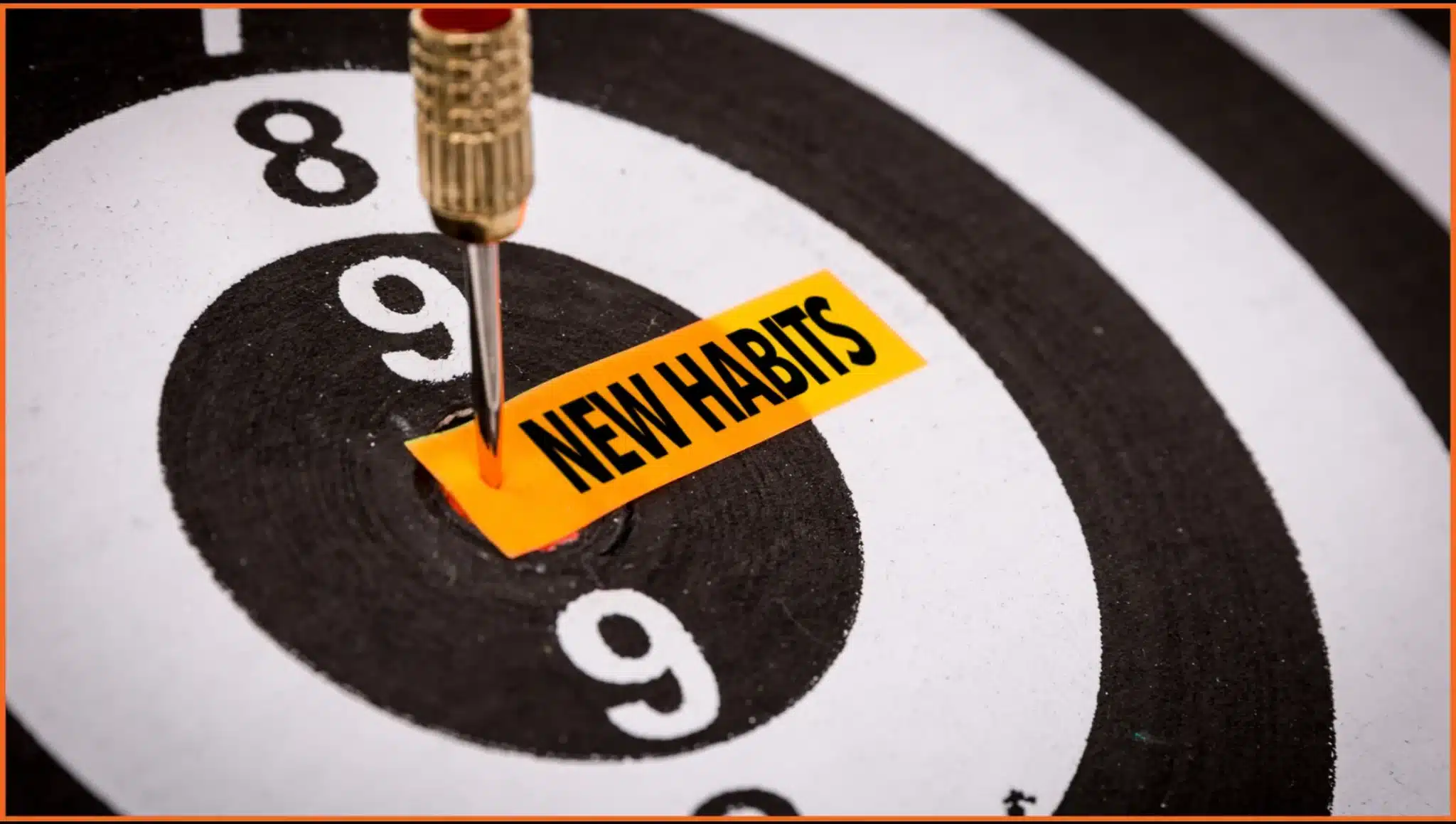In the leadership development journeys we’ve facilitated across industries, one realization consistently emerges – leadership is not just a mental game. It’s physical, emotional, and deeply personal. While emotional intelligence and strategic thinking often dominate conversations around effective leadership, one crucial and frequently overlooked area is physical fitness.
Why Are We Talking About Fitness in a Leadership Context?
Table of Contents
For centuries, leadership was synonymous with physical readiness – tribal leaders, warriors, explorers – they all had to be physically fit to command respect and guide their people. While modern corporate leadership no longer requires one to wield a sword or hunt for food, the foundational idea remains relevant: your body influences your ability to lead effectively.
In our experience, when leaders neglect their physical well-being, the consequences manifest across decision-making, team dynamics, and overall energy. Fitness is not about vanity or weight loss – it’s about capacity. The capacity to stay present in long meetings, to manage stress with composure, to energize your team, and to show up consistently.
Let’s unpack why fitness should be viewed not as a personal indulgence but as a leadership necessity.
1. Physical Fitness Fuels Leadership Stamina
Leadership often means juggling high-stakes decisions, back-to-back meetings, cross-functional priorities, and – let’s be honest – unrelenting demands on your time. Leaders who are physically fit are better able to handle this cognitive load and emotional labor.
In our workshops, we’ve observed how leaders who prioritize fitness bring a sharper presence into the room. They are more alert, less reactive under pressure, and quicker in recovery when things go wrong. Physical stamina translates into emotional steadiness – a trait teams depend on.
Think about the daily demands of leadership:
- Navigating tough conversations
- Making high-pressure decisions
- Traveling across time zones
- Balancing strategic foresight with people management
These are easier to manage when you’re physically energized rather than fatigued and running on caffeine and adrenaline.
2. Your Habits Shape the Culture
Whether you realize it or not, your habits are contagious. One of the most powerful lessons we’ve learned while working with leadership teams is this: culture flows from behavior, not from values posters on walls. If you consistently compromise on your health, your team may unconsciously mirror that behavior.
We’ve noticed that when leaders commit to fitness – not just through lip service but visible action – it sends a strong cultural signal:
“Well-being matters here. Energy is an asset. And balance is possible.”
From practicing yoga at leadership offsites to inviting team members to join a step challenge or mindfulness session, small actions can shift collective behaviors.
3. Fitness Builds Discipline – and Discipline Builds Trust
Consistency builds trust. And fitness routines are a daily expression of that consistency. Leaders who train themselves to stick to a workout schedule – despite travel, fatigue, or work pressure – are often the ones who are seen as more dependable by their teams.
Why? Because discipline in one area often reflects in others.
In our experience, employees admire leaders who walk the talk – not just in performance reviews, but in everyday life. Showing up for your health demonstrates personal accountability. And that accountability forms the foundation of leadership trust.
Related Reading: Book Learnings: The 4 Disciplines Of Execution
4. Wellness Enhances Cognitive Agility
It’s not just about physical health. Leaders are decision-makers, problem-solvers, and thinkers. Research increasingly shows that regular physical exercise:
- Enhances memory and focus
- Increases resilience to stress
- Improves sleep (which boosts executive function)
- Supports creative thinking
Related Reading: 21 Micro Habits To Improve Wellness
This is why many high-performing executives (Tim Cook, Richard Branson, Indra Nooyi) prioritize their physical routines. They’re not doing it just for themselves – they’re doing it to perform better for their teams and organizations.
In one of our programs with mid-level managers, a participant shared:
“I didn’t realize how much my irritability at work was linked to the fact that I wasn’t sleeping or eating well. Once I committed to a walking routine and improved my diet, my patience improved. So did my team’s performance.”
5. The Leadership Ripple Effect: Modeling Healthy Choices
We’ve worked with organizations where just one leader’s visible commitment to wellness had a cascading effect across the culture. Suddenly, walking meetings were normalized. Breaks were encouraged. Emotional well-being was openly discussed.
It all began because a leader chose to lead by example.
Think about your influence as a leader – not just on productivity but on how your team relates to energy, stress, and wellness. If you’re burning out, you’re showing your team that burnout is acceptable. If you’re prioritizing health, you give them permission to do the same.
In an age where burnout is rampant and mental health is finally getting its due attention, the most powerful thing you can do as a leader might be this: prioritize your own wellness, so others can prioritize theirs.
6. Fitness and Emotional Intelligence: The Hidden Link
Physical activity isn’t just a break from the office – it’s an enabler of reflection, self-awareness, and emotional regulation. Many of the leaders we work with say that their best ideas come while running or meditating. And that after a workout, they respond to challenges with more calm and less defensiveness.
In our experience, leaders who maintain a fitness routine are more emotionally available to their teams. They listen better. They empathize more. And they handle conflict with greater maturity.
This isn’t magic. It’s the biological benefit of endorphins, better sleep, and regulated cortisol. And it’s accessible to every leader – no gym membership required.
7. Wellness as a Strategic Business Priority
Progressive organizations are no longer viewing fitness as a personal hobby – it’s becoming a leadership capability. In our advisory work, we’ve helped several CHROs reframe wellness from a “HR initiative” to a “business imperative.”
Here’s why:
- Healthier leaders miss fewer workdays
- They make better decisions
- They reduce healthcare costs
- They increase team morale
- They build cultures of care, which improve retention
If you’re an HR or L&D leader reading this, the question to consider is:
How are we enabling our leaders to show up at their best – physically, mentally, and emotionally?
And if you’re a leader: How are you modeling that for others?
Closing Thoughts: It’s Time to Reimagine Leadership Fitness
Fitness isn’t about lifting the heaviest weights or running marathons. It’s about showing up consistently for your team, your family, and yourself. It’s about stamina, presence, and energy.
In our work with leadership teams, we’ve seen firsthand how even small shifts – like standing desks, daily step goals, or midday breathing exercises – can create profound change in performance and mindset.
So yes, fitness matters to leadership. Not because it looks good on paper. But because the best leaders are not just strategic – they are sustainable.
In our experience, the most trusted leaders are the ones who lead not just with their minds, but also with the care they extend to their bodies and wellbeing.
So the question we leave you with is:
What does your fitness routine communicate to your team?










